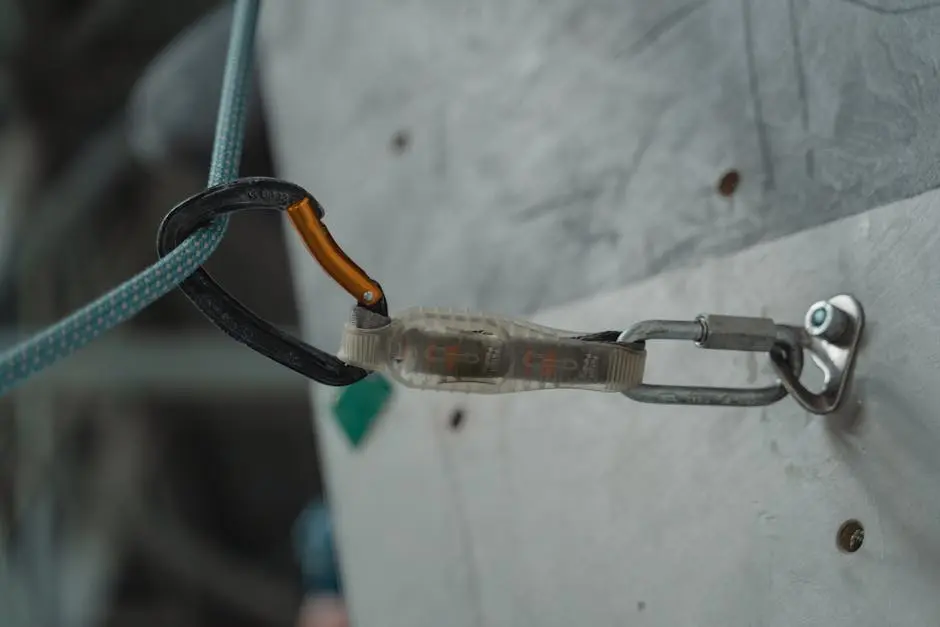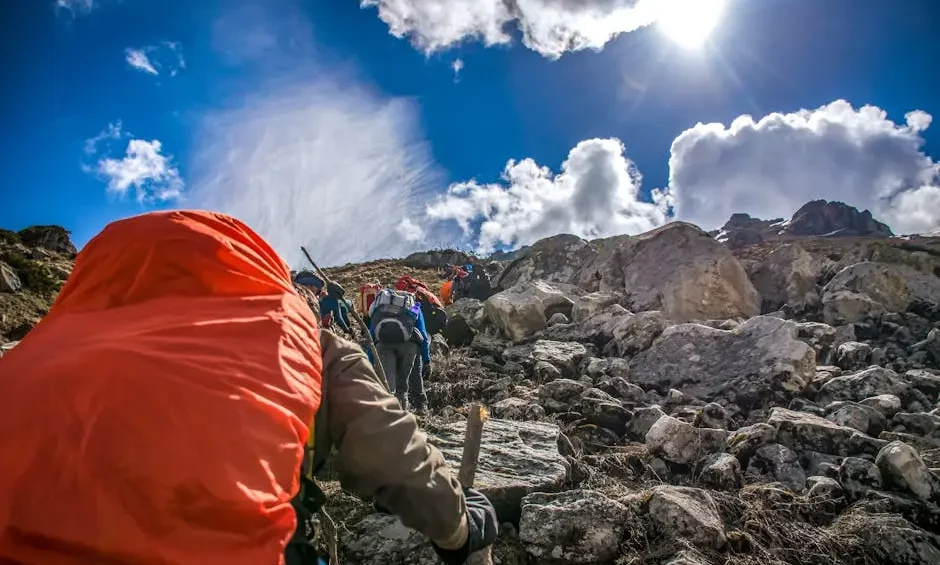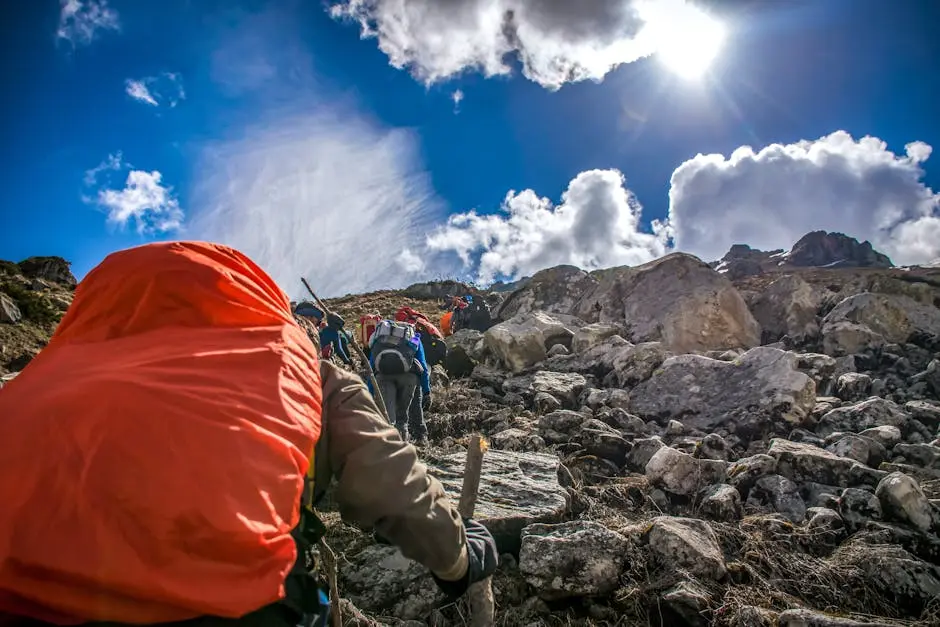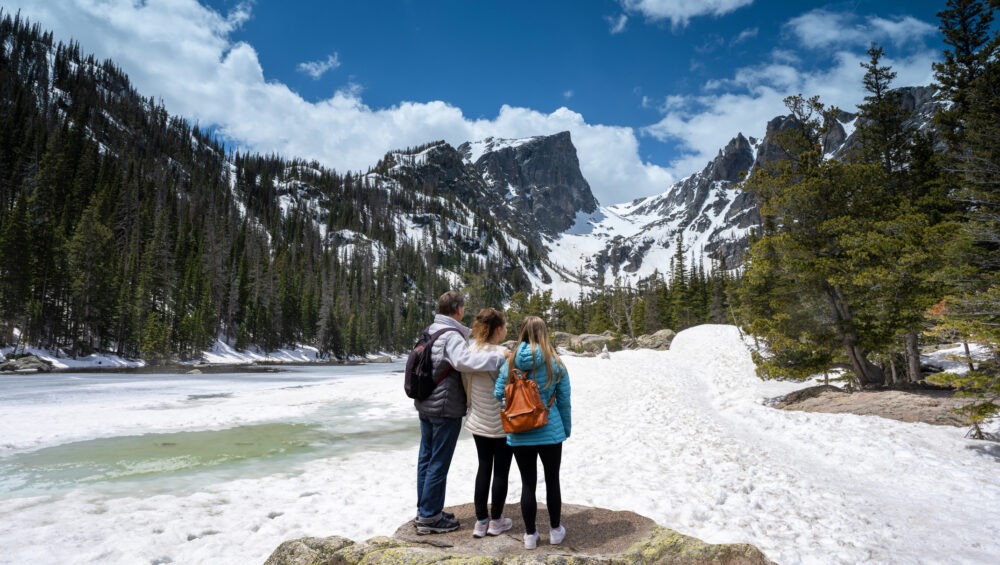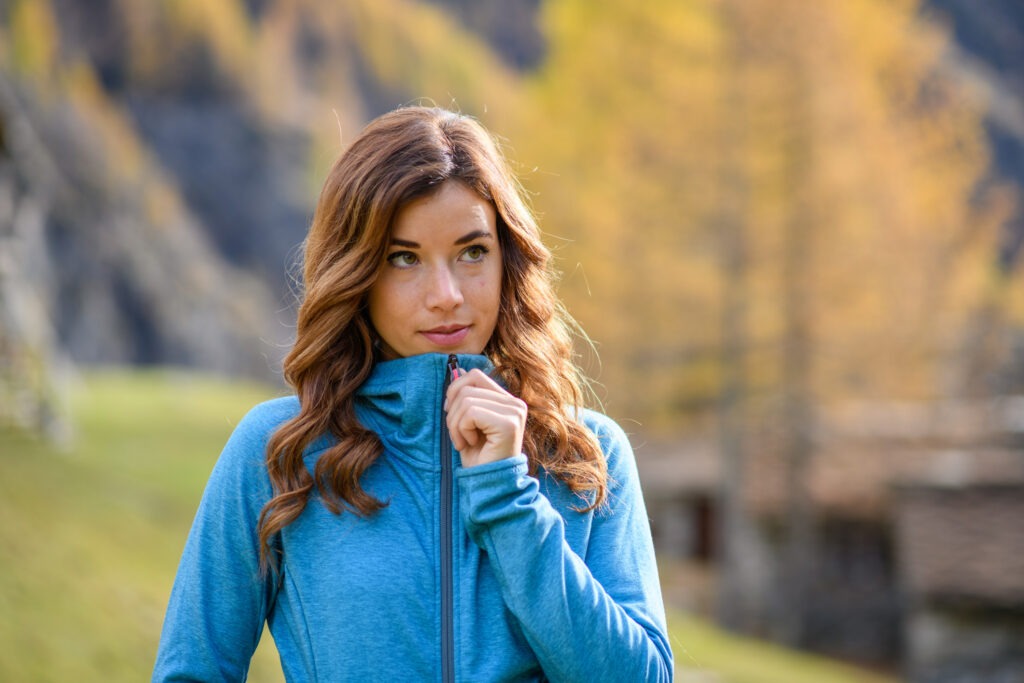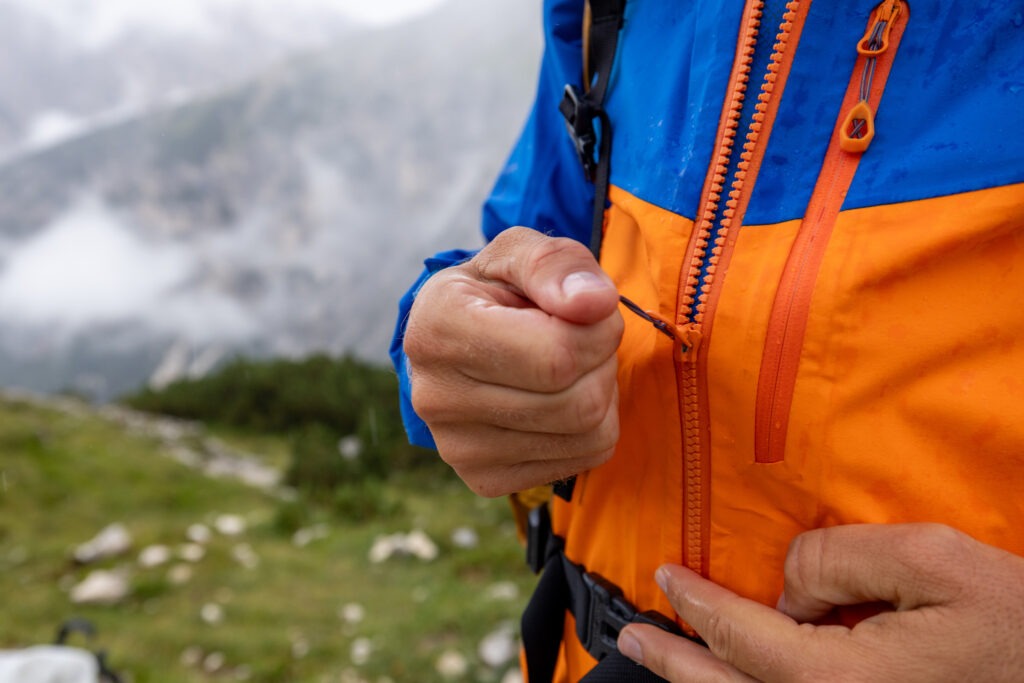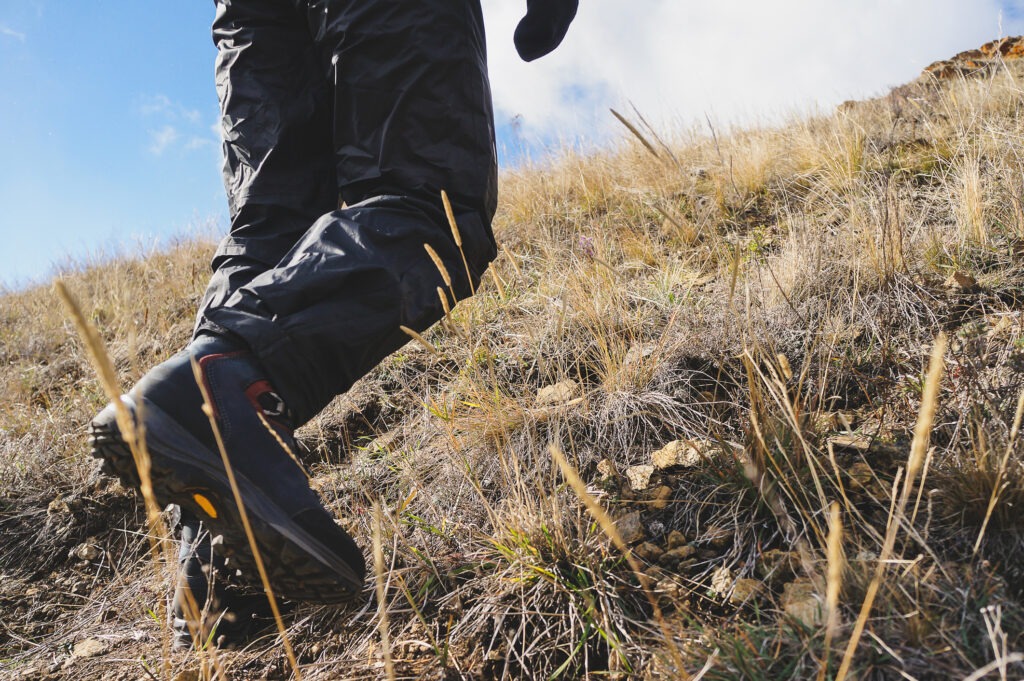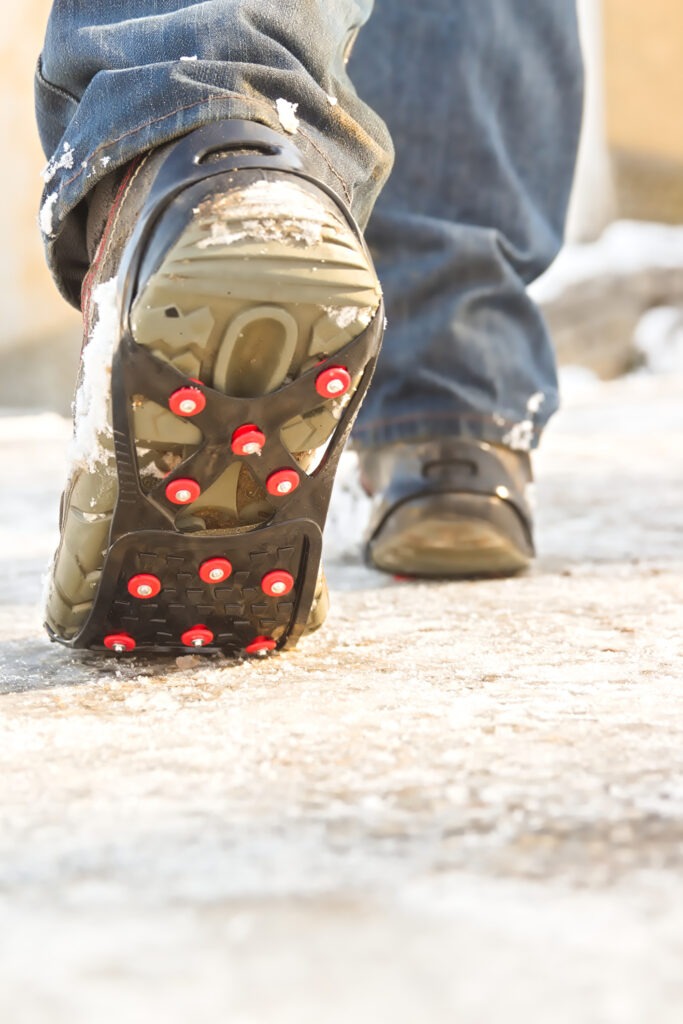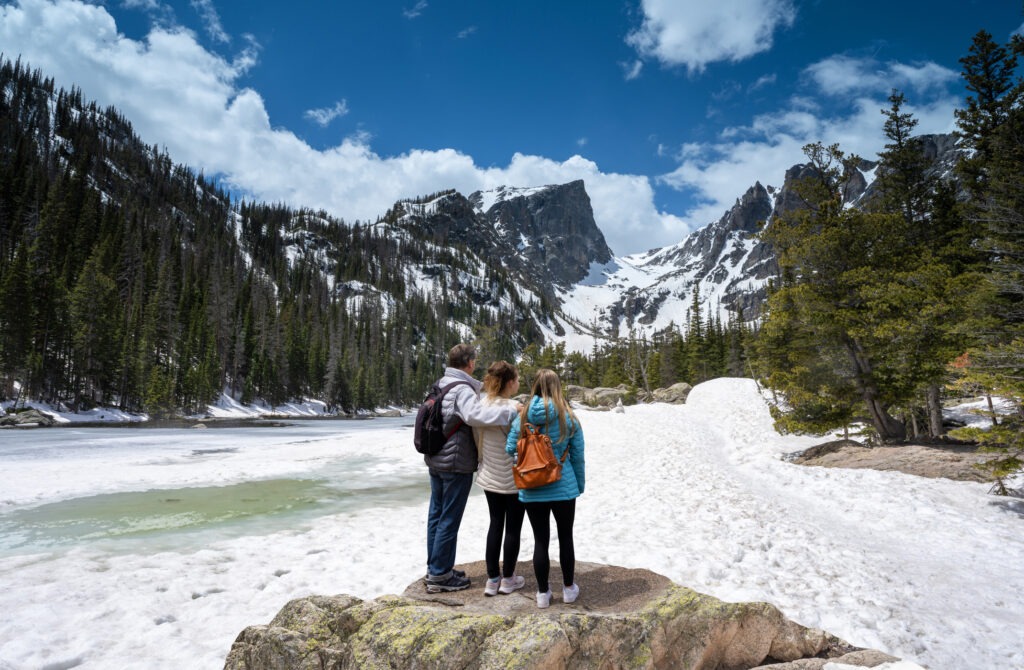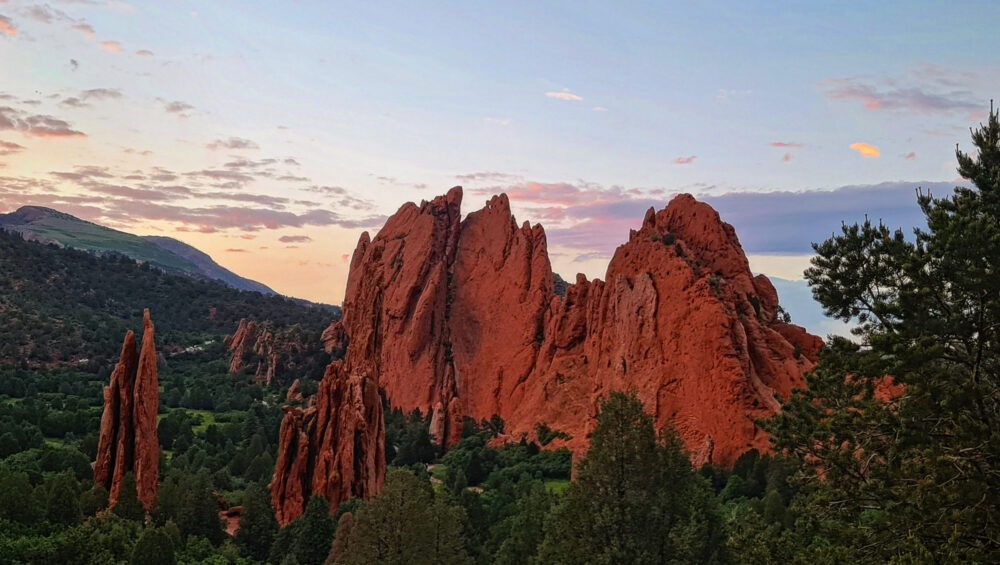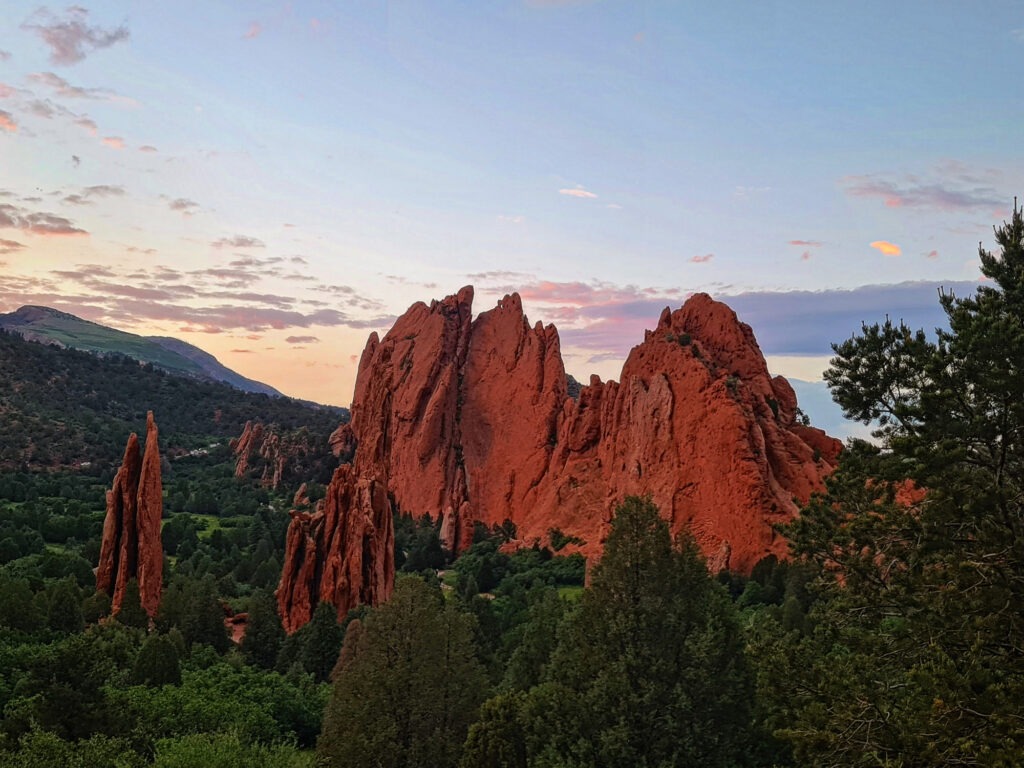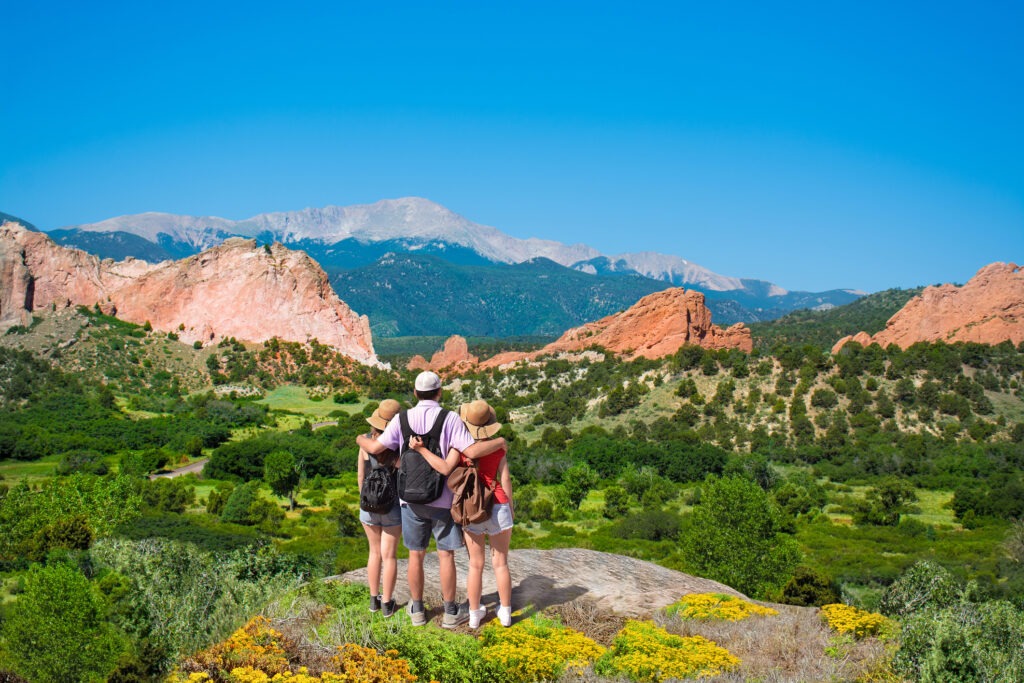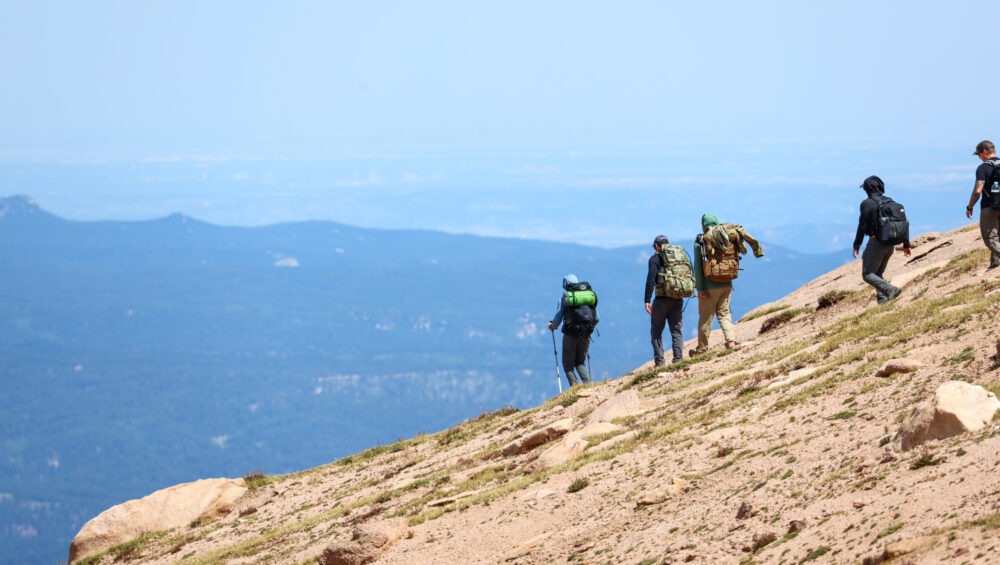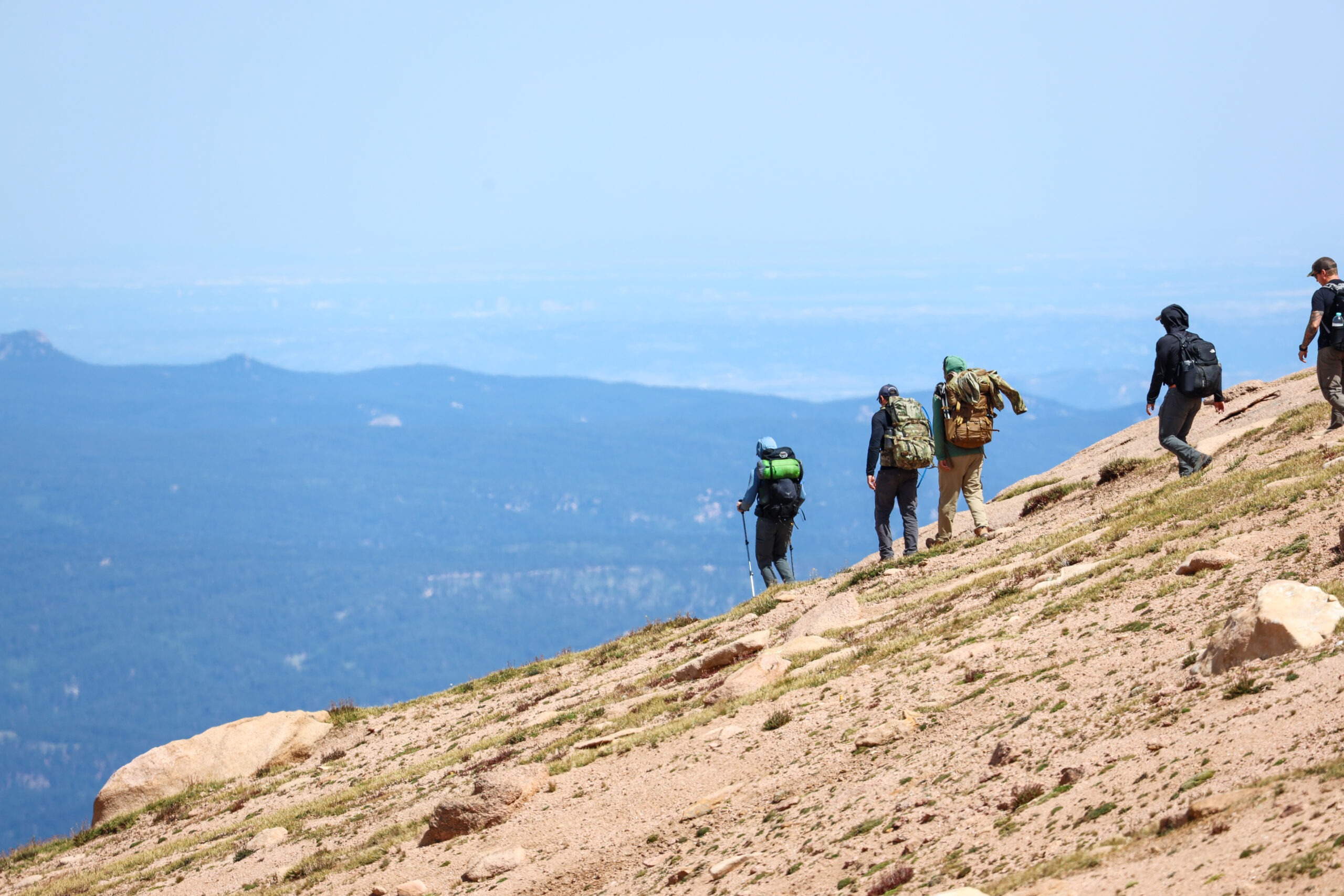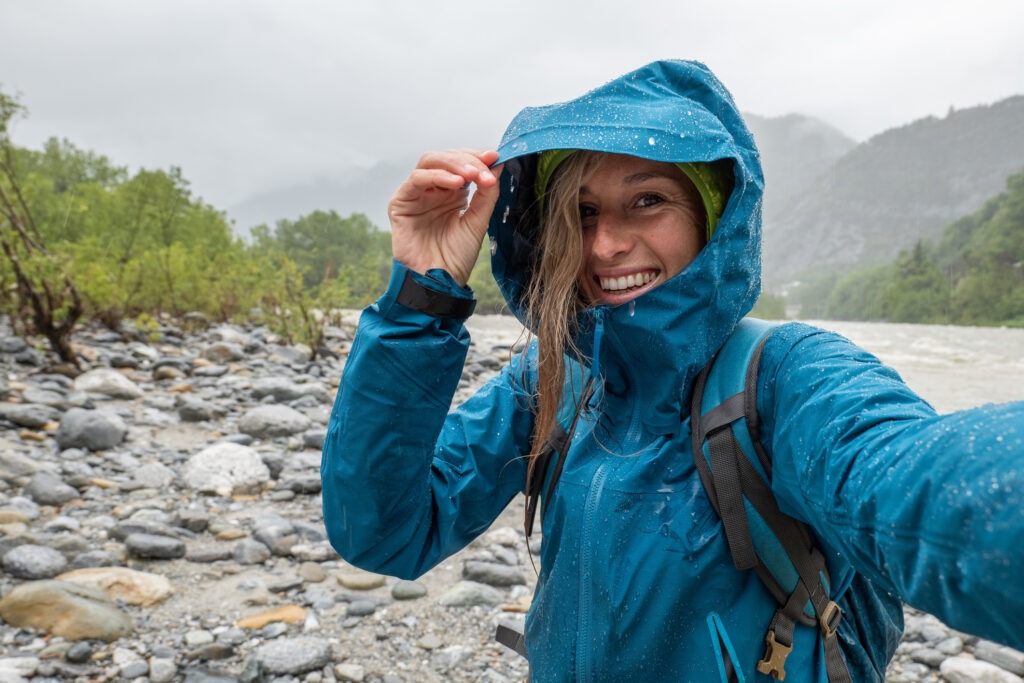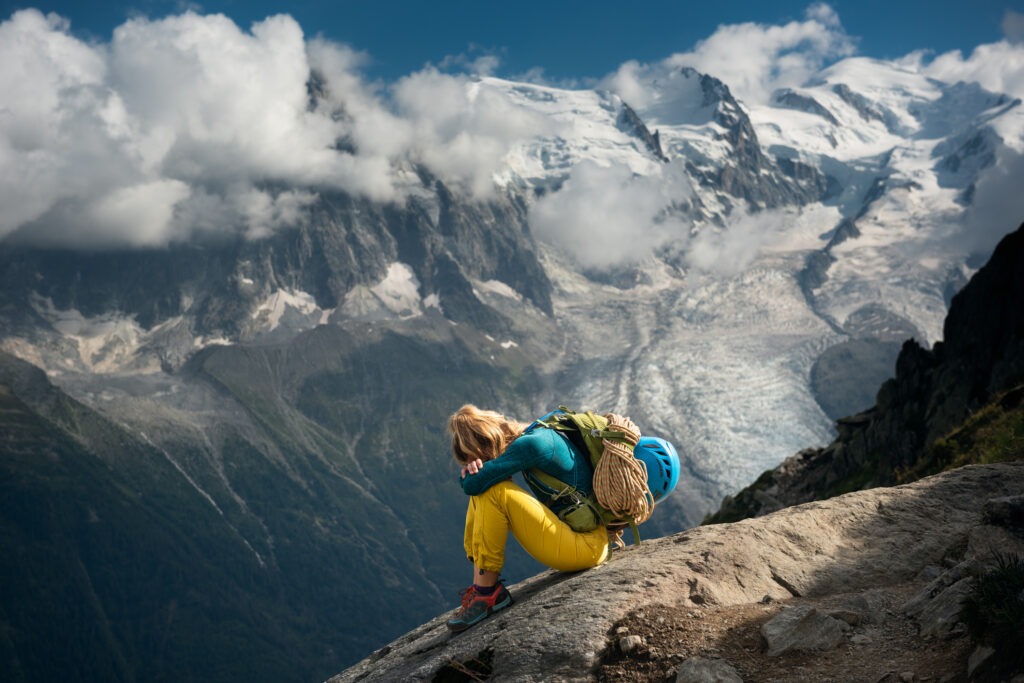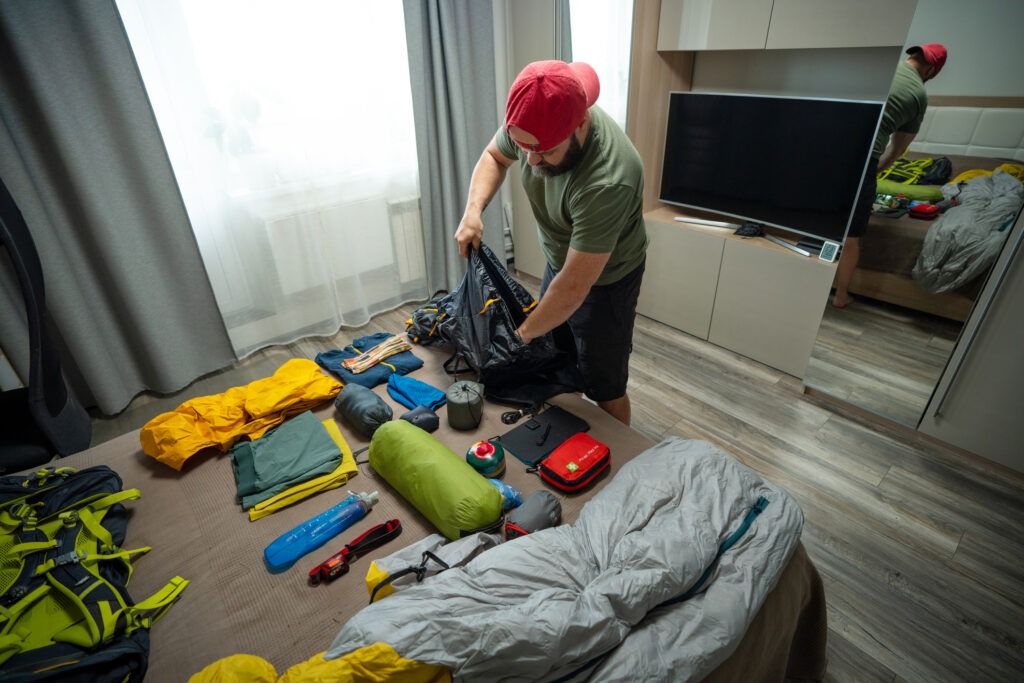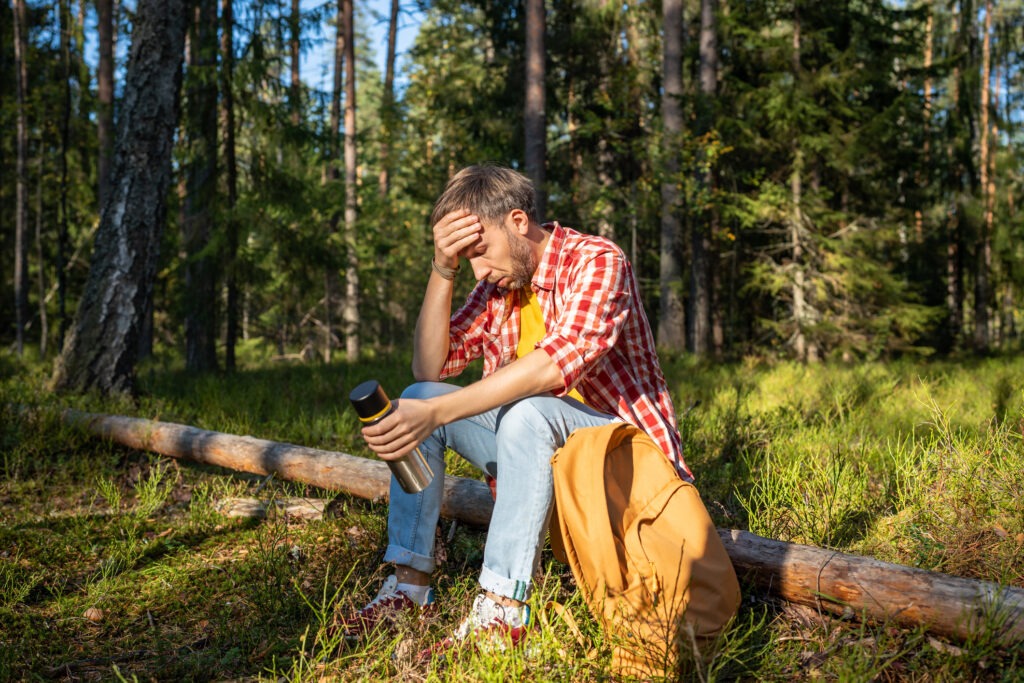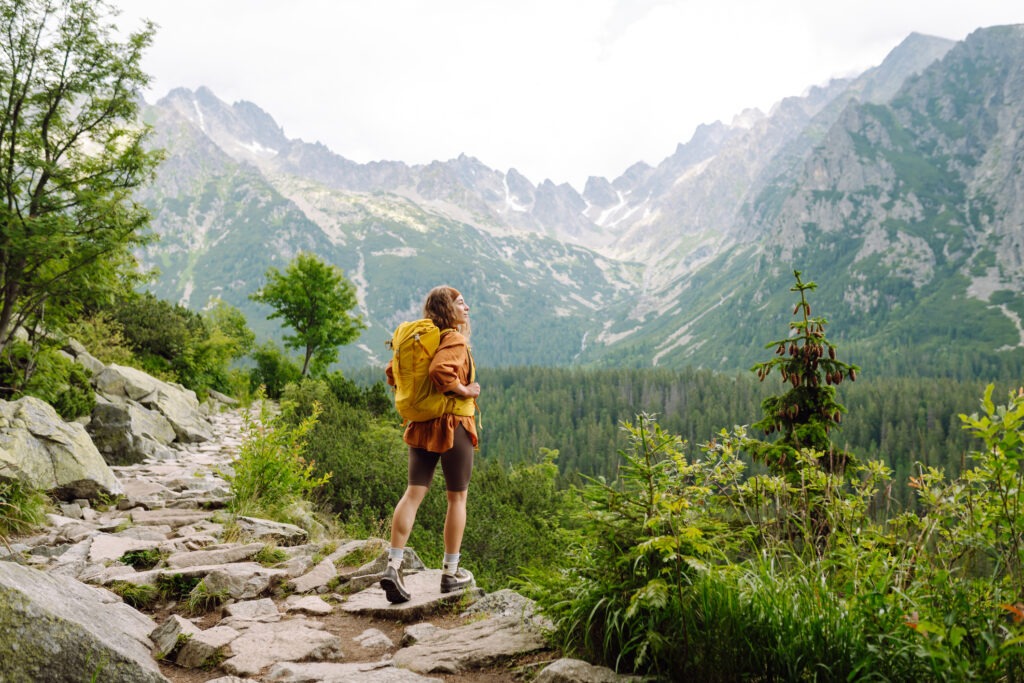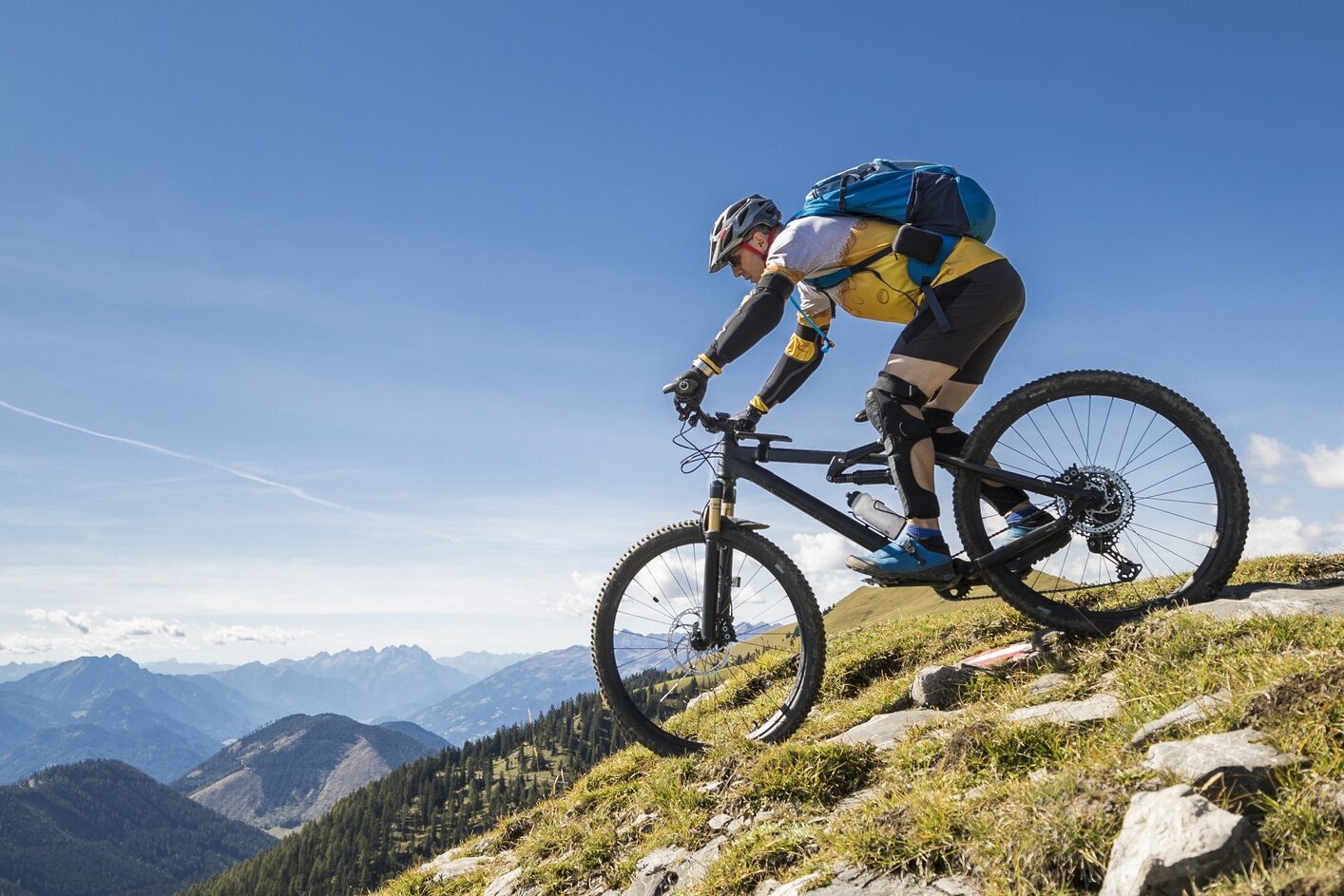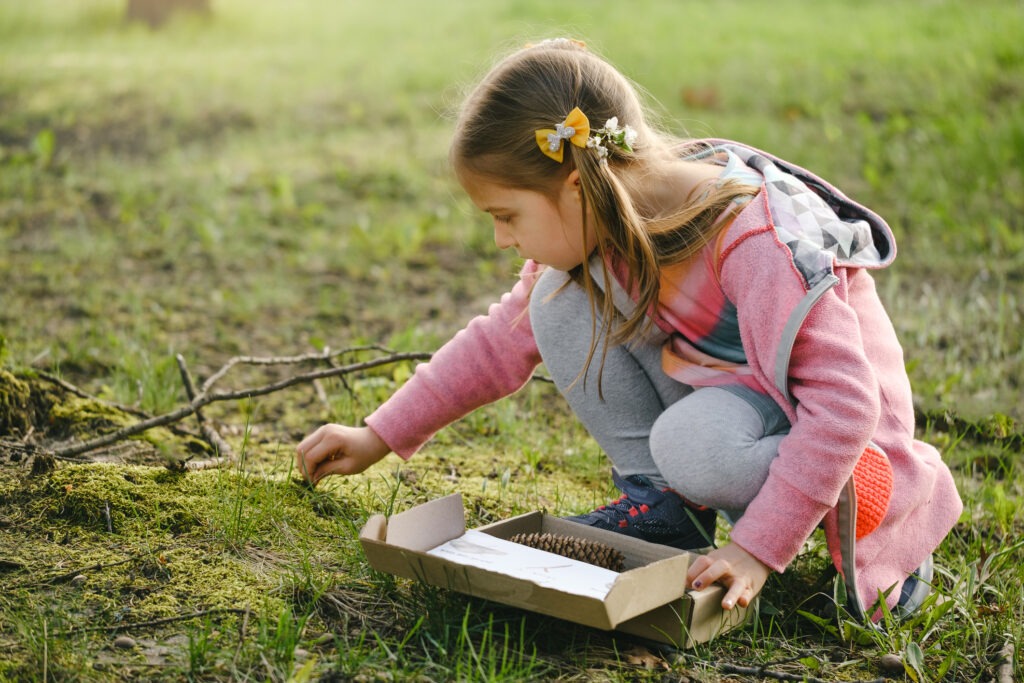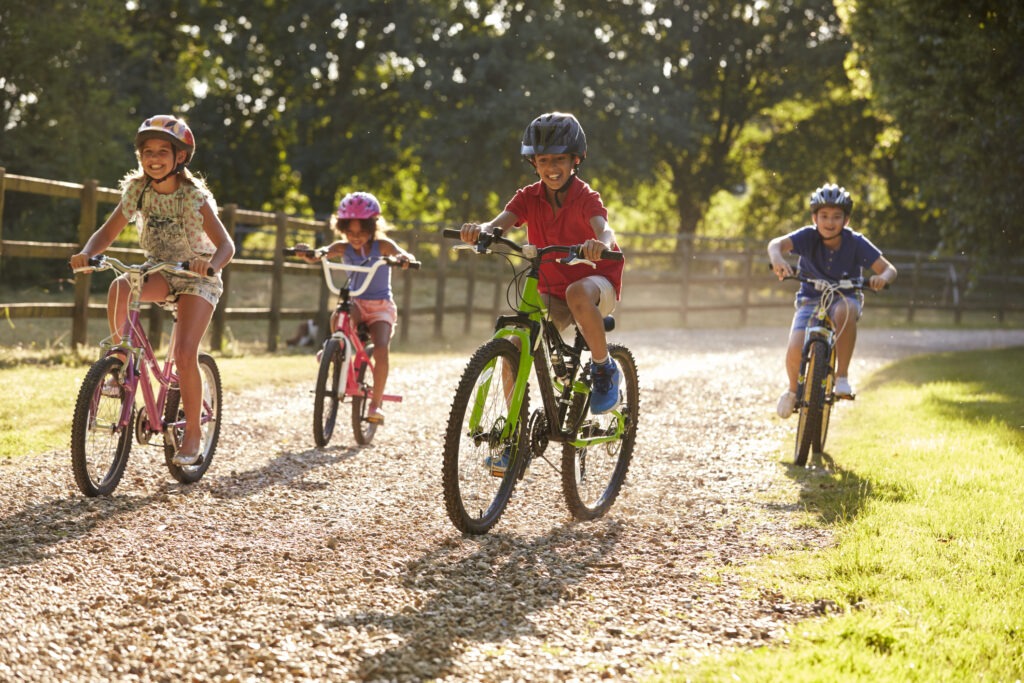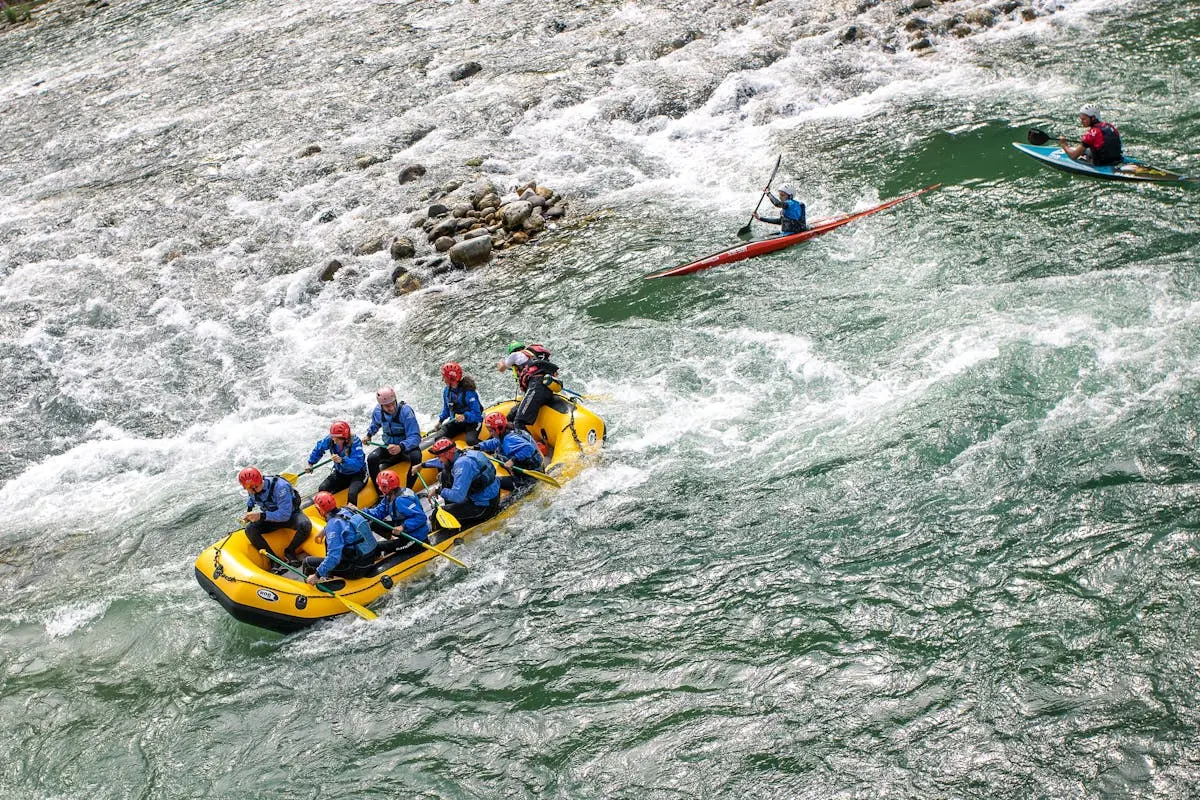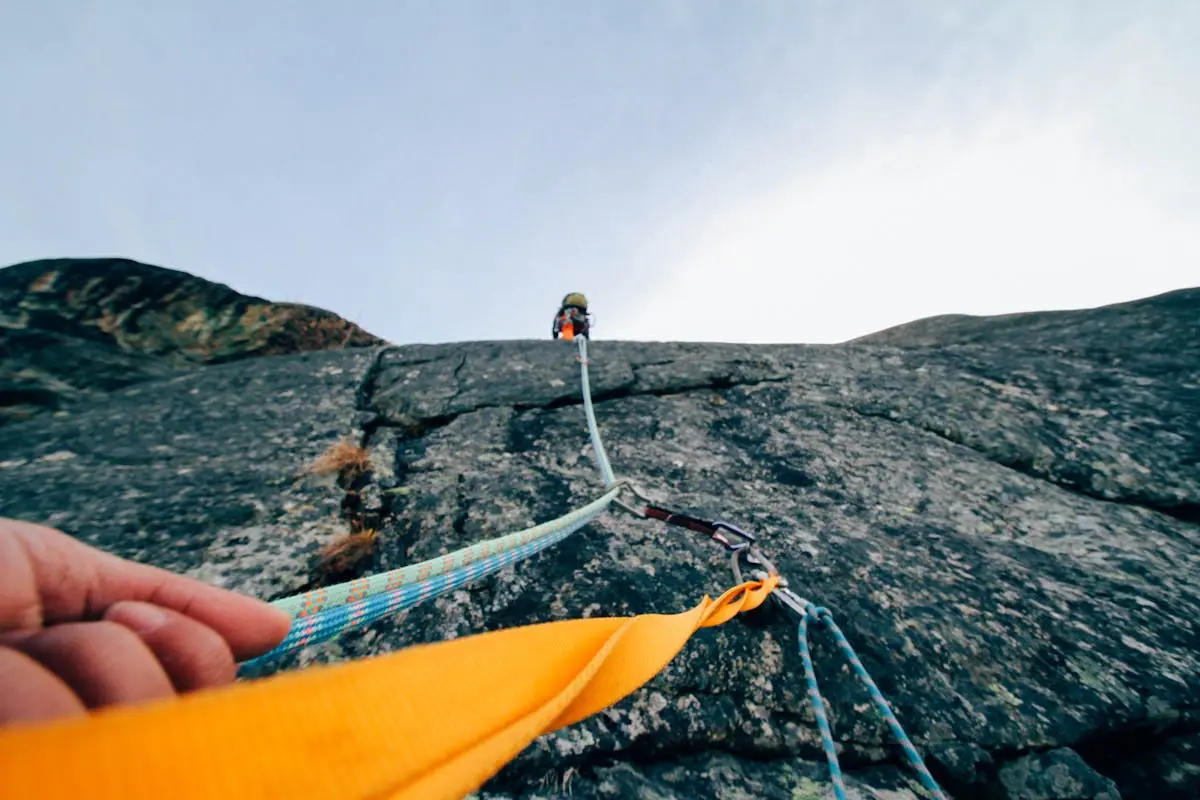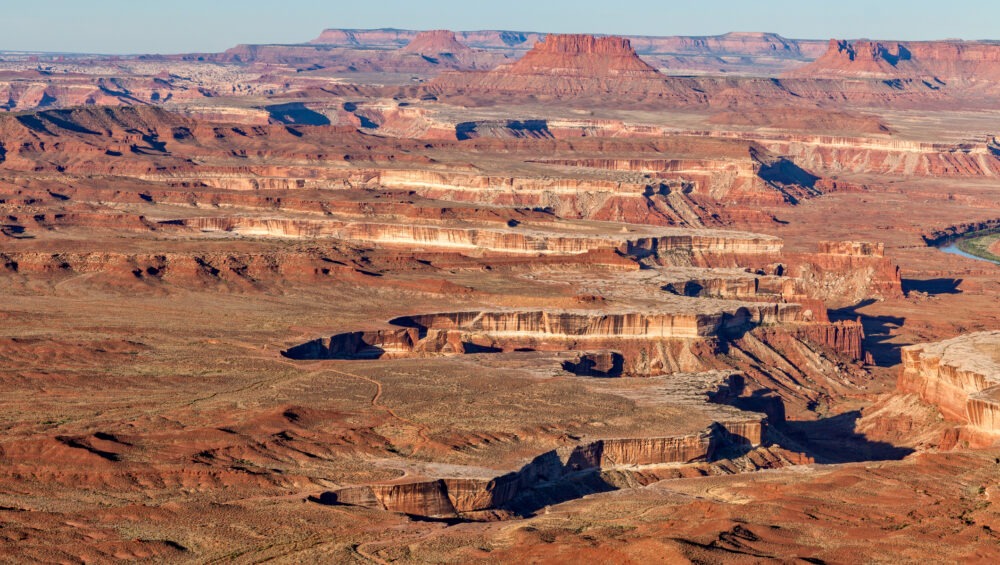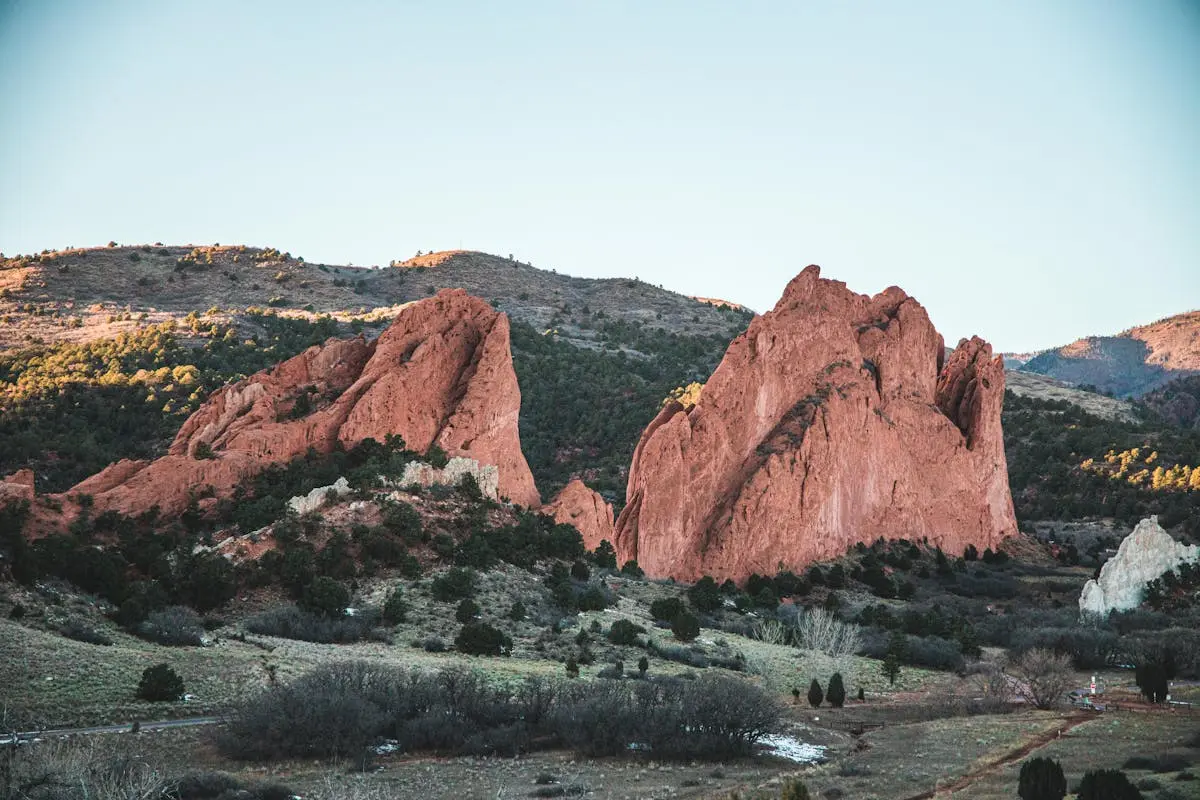Hiking Colorado’s 14ers, or peaks exceeding 14,000 feet, is an adventure that beckons to hikers and thrill-seekers worldwide. With vistas that seem to stretch on forever, the lure of Colorado’s mountains is undeniable. But taking on these high-altitude hikes is no simple feat. The lower oxygen levels, colder temperatures, and often unpredictable weather can make these trails especially challenging, even for experienced hikers. However, by understanding these unique conditions and preparing effectively, you can make the most of your high-altitude hiking adventure.
In this guide, we’ll delve into the challenges of high-altitude hiking, explore essential tips for safety, and provide an in-depth look at how to prepare for some of Colorado’s most famous peaks.
Understanding High-Altitude Hiking Challenges
Before lacing up your boots and heading up a 14er, it’s important to grasp what high-altitude hiking entails. As you ascend, the air pressure decreases, which means there’s less oxygen available with every breath you take. This can lead to increased heart rates, faster breathing, and ultimately, fatigue. The symptoms of altitude sickness—such as headaches, nausea, dizziness, and shortness of breath—can also manifest as you climb higher.
In addition to the thinner air, high-altitude areas often have unpredictable weather. A sunny morning can quickly give way to sudden storms, with rain, sleet, or even snow. Temperatures also tend to drop the higher you go, with the potential for extreme wind chills near the summit. All these factors mean that preparation is not only beneficial but essential for a safe and successful hike.
Altitude Sickness and Its Effects
Altitude sickness, also known as acute mountain sickness (AMS), can strike at elevations as low as 8,000 feet. It affects each person differently, regardless of physical fitness or previous hiking experience. The symptoms can range from mild to severe and, in extreme cases, can escalate into more serious conditions like High-Altitude Pulmonary Edema (HAPE) or High-Altitude Cerebral Edema (HACE), which require immediate descent and medical attention. It’s vital to listen to your body and know when it’s time to turn back.
The Importance of Weather Awareness
Weather at high altitudes is often unpredictable. Lightning storms can form quickly on sunny afternoons, making the ascent treacherous. Having a solid understanding of the forecast and planning your hike around it can mean the difference between a beautiful day on the summit and a hazardous experience. In Colorado, mornings tend to be the calmest and clearest, so starting your hike early can help you avoid the afternoon storms that are common during the summer months.
Essential Tips for Safe High-Altitude Hiking
With these challenges in mind, here are some essential tips for tackling high-altitude hikes safely and making the most of your journey:
Tip 1: Stay Hydrated
Hydration is one of the most critical factors in preventing altitude sickness and maintaining stamina. At high altitudes, the dry air increases fluid loss through respiration and perspiration. Aim to drink at least 3-4 liters of water daily while hiking, even if you don’t feel thirsty. This may seem like a lot, but dehydration can exacerbate symptoms of altitude sickness, so it’s crucial to stay ahead.
Strategies for Staying Hydrated
To make hydration more manageable, start drinking plenty of water the day before your hike. On the trail, carry a hydration pack or water bottles that are easily accessible so you can sip regularly. Consider adding electrolyte tablets or sports drinks to help replace salts lost through sweat. It’s also beneficial to monitor your urine color—clear or light yellow urine typically indicates good hydration, while dark yellow or amber can be a sign to drink more water.
Tip 2: Allow Time for Acclimatization
Acclimatization is all about giving your body the time it needs to adjust to the lower oxygen levels at higher elevations. Spending a day or two at an elevation of around 8,000 to 10,000 feet before tackling a 14er can help reduce the risk of altitude sickness. During this period, engage in shorter hikes to allow your body to get used to the thinner air.
Acclimatization Techniques
If possible, sleep at a higher elevation in the days leading up to your hike. The concept of “climb high, sleep low” is often recommended for mountaineers, as it allows for exposure to higher altitudes while resting at lower elevations, which helps the body adjust. Another helpful tip is to avoid alcohol and other dehydrating substances during this period, as they can interfere with acclimatization and exacerbate dehydration.
Tip 3: Pack Wisely for the Conditions
Preparing for a high-altitude hike means packing for every potential condition you might face. Layering is essential, as temperatures can change rapidly with elevation gain. Start with moisture-wicking base layers to keep sweat away from your skin. For insulation, add a fleece or down jacket, and top it off with a waterproof and windproof shell. Remember to bring extra layers, as you may need to adjust throughout the hike.
Gear Checklist for High-Altitude Hiking
Navigation Tools – A map, compass, or GPS device ensures you stay on track, especially if the trail is not well marked.
Moisture-Wicking Base Layers – A good base layer keeps you dry by pulling moisture away from your body, which is essential for staying warm.
Insulating Layers – Fleece or down jackets are ideal for trapping heat and can be easily packed when not in use.
Waterproof and Windproof Outer Layer – An outer shell protects against wind and rain, keeping you comfortable in unpredictable weather.
Sun Protection – Sunscreen, sunglasses, and a hat are essential, as UV exposure increases with altitude.
Food and Snacks – High-carb snacks like trail mix, energy bars, and dried fruit provide quick fuel for your body.
Trekking Poles – These can help with balance and reduce strain on your joints, especially on steep inclines and rocky terrain.
Hydration System – A hydration pack or water bottles that are easy to access during the hike.
Tip 4: Recognize the Signs of Altitude Sickness
Altitude sickness can be insidious, with symptoms sometimes not appearing until you’ve already made significant elevation gains. Common signs include headaches, nausea, loss of appetite, dizziness, and fatigue. If you or someone in your group experiences these symptoms, stop, rest, and consider descending to a lower elevation. In more severe cases, symptoms can progress to confusion, inability to walk, and shortness of breath even while resting, which require immediate action and descent.
How to Respond to Altitude Sickness
For mild symptoms, descending even a few hundred feet can help alleviate discomfort. Rest, hydrate, and monitor symptoms closely. If symptoms don’t improve or worsen, it’s best to head back to a lower altitude. Over-the-counter medications like ibuprofen can help with headaches, but they are not a cure for altitude sickness. Being aware of how you’re feeling and communicating with your hiking partners is essential.
Tip 5: Take It Slow and Enjoy the Journey
Unlike hikes at lower elevations, high-altitude hiking requires a slower pace. The reduced oxygen levels mean you’ll need to go at a pace where you can still breathe comfortably. Taking regular breaks allows your body to recover, and it gives you the chance to take in the surrounding beauty.
Tips for Maintaining a Steady Pace
Listen to Your Body – If you start feeling dizzy, lightheaded, or overly fatigued, don’t be afraid to stop and rest.
Use the “Rest Step” Technique – A common mountaineering technique, the rest step involves briefly locking your knee with each step, allowing your muscles a moment to rest.
Practice Deep Breathing – Focus on breathing deeply and rhythmically to maximize oxygen intake.
Set Mini Goals – Breaking the hike into smaller sections can make the climb feel more manageable and mentally rewarding.
Additional Considerations for High-Altitude Hiking
Weather Preparedness
High-altitude trails, particularly in Colorado, are known for their unpredictable weather. Check the weather forecast the night before your hike and again in the morning. Have a plan in place for how you’ll respond if conditions change rapidly. Even in summer, temperatures at higher elevations can dip below freezing, especially early in the morning or late in the afternoon.
Emergency Essentials
Always carry a basic first-aid kit, and familiarize yourself with how to treat altitude sickness symptoms and other common hiking ailments like blisters or sprains. A whistle and a small emergency blanket can also be lifesavers in case of unexpected cold weather or an accident.
Preparing for Wildlife Encounters
Wildlife is abundant in Colorado’s mountains, and while most animals will keep their distance, it’s wise to be prepared. Know what to do if you encounter a bear or mountain lion—generally, stay calm, make yourself appear larger, and slowly back away. Also, store food securely to avoid attracting animals to your campsite or rest area.
Why Colorado’s High-Altitude Hikes Are Worth the Effort
While the preparation required for high-altitude hikes may seem daunting, the rewards are well worth the effort. The views from Colorado’s peaks are nothing short of spectacular, with sprawling vistas, alpine lakes, and rugged rock formations. Reaching the summit of a 14er is a feeling like no other, as you stand on top of the world and take in the grandeur of the Rocky Mountains.
Moreover, hiking at altitude offers a unique perspective on Colorado’s diverse ecosystem. From hardy alpine wildflowers to marmots and mountain goats, the flora and fauna you’ll encounter at these elevations are specially adapted to thrive in this challenging environment.
Broadmoor Outfitters: Your Guide to Colorado’s High-Altitude Adventures
If you’re eager to explore Colorado’s high-altitude trails but prefer to hike with the guidance of experienced professionals, consider joining a tour with Broadmoor Outfitters. Our guides are knowledgeable about the local terrain, weather patterns, and safety protocols, providing peace of mind as you take on these formidable peaks. With Broadmoor Outfitters, you can enjoy the beauty of the Rockies while ensuring your adventure is safe, memorable, and tailored to your abilities.
Whether you’re a seasoned hiker or new to high-altitude trekking, our guided tours offer an unparalleled way to experience the majestic peaks of Colorado. So, lace up your boots, grab your gear, and get ready to discover the best of Colorado’s 14ers with Broadmoor Outfitters by your side.


